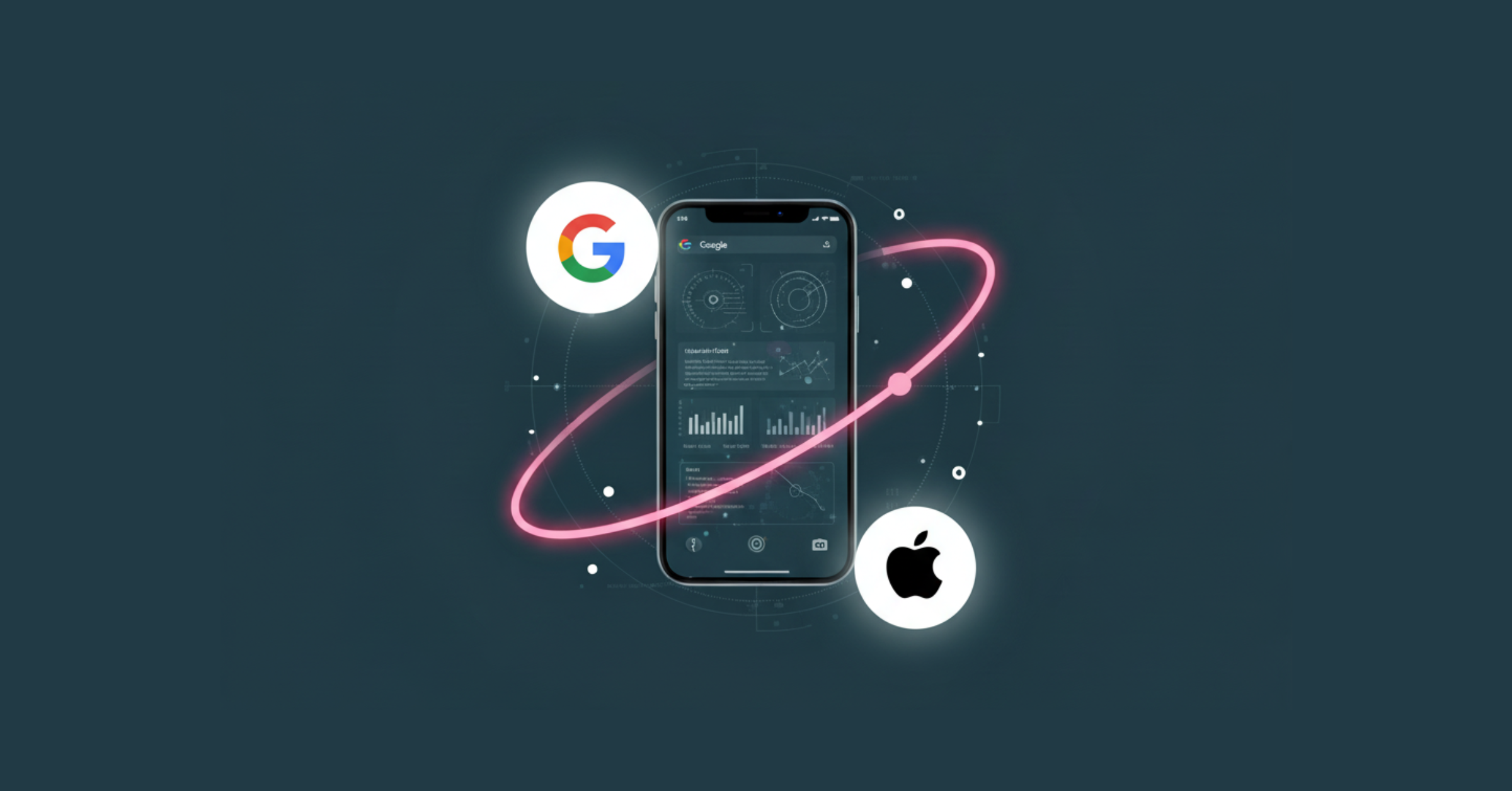
Meta Aims to Eliminate Blind Spots, Promising Improved Ad Optimization
Recently, we ran a survey among top B2B and B2C marketers on the growth and performance marketing landscape, and while we’ll share the full results soon, a few recurring themes jumped out like a jack-in-the-box:
Marketers want “perfect attribution across all channels,” a “more extensive, real-time incrementality testing solution,” and “affordable MMM (Media Mix Modeling) and geolift measurement that doesn’t require a data scientist or the GDP of a small country.”
The Challenge
Ah, the pain is real. Let’s look at Meta for a second, which like many major platforms, has been seen as a walled garden—a powerful ecosystem in itself, but not always easy to integrate with other measurement tools. While Meta campaigns have significant impact, much of the marketing magic happens outside its ecosystem. Marketers often blend Meta campaigns with other channels, but it hasn’t always been simple to connect the dots across platforms. This has led to a few common challenges:
⏺ Marketers juggle multiple tools, sometimes even relying on manual methods (spreadsheets, anyone?) to track Meta’s impact on conversions and user value across channels.
⏺ Discrepancies can arise between Meta’s reporting and what other platforms show, leading to trust issues and confusion over the real numbers.
⏺ Meta may miss out on conversion data from other platforms, which could be used to close the feedback loop and help optimize campaigns more effectively.
In short, blind spots, trust challenges, and the need for greater automation are issues marketers have been grappling with.
What Could Be Changing
Meta has recently announced some big, dare we say revolutionary, changes. Given today’s user journey is more winding than ever, an attribution framework that aligns with each marketer’s unique measurement tools is critical.
Meta is expanding its integrations with third-party business analytics platforms like Google Analytics, Northbeam, and potentially Adobe and TripleWhale. These integrations will allow marketers to connect their preferred measurement solutions directly to Meta via API, offering much better visibility into what’s happening off-platform.
Additionally, Meta is addressing another key need from our survey: better incrementality measurement. Meta plans to introduce a new opt-in attribution setting focused on incremental conversions—those that likely wouldn’t have occurred without the ad. Meta calculates incrementality by comparing conversions from people exposed to an ad with those who didn’t see any ads. This shift moves beyond just measuring pure volume (let’s get as many eyeballs as possible) or basic questions of effectiveness (should we get these eyeballs?) to truly assess the value of every penny spent on ads. It helps marketers pinpoint the optimal campaign setup to drive meaningful, high-value results.
Why It Matters
Gabriel Matwiejczyk, Measurement Lead at Meta, shared that these updates are designed to provide marketers with deeper insights. Furthermore, by giving Meta’s AI models better visibility into how marketers track conversions and value events, Meta can help optimize campaigns more effectively—tailoring them to each marketer’s goals.
By analyzing cross-channel conversion data, Meta’s AI models can better understand what good looks like, and offer better audience targeting, directly improving the performance of campaigns.
Furthermore, Meta’s changes are designed to give marketers more depth and nuance in their measurement—moving beyond simple last-click attribution. By integrating with third-party tools, marketers can better track multiple touchpoints and develop a more comprehensive understanding of how different channels contribute to conversions. This enhanced attribution framework offers deeper insights into the customer journey, helping marketers refine strategies based on more granular data.
According to Matwiejczyk, these changes could drive a 30% improvement in ad performance from better third-party visibility and an additional 20% boost through the new incremental conversion feature.
The Wind of Change
Of course, like any change (especially one that involves giving platforms more visibility into third-party tools), it will take time to see how adoption plays out. But net-net these changes are a much-needed step toward greater transparency, trust, and optimization for marketers. Marketers will be able to spend less time resolving cross-platform discrepancies and more time refining high-level strategies, allowing AI to handle much of the tactical execution. In the long run, this could significantly streamline campaign management and improve overall efficiency.
Why Voyantis Customers Are Ahead of These Changes
At Voyantis, we’ve been ahead of the curve, helping marketers combine data from their measurement and BI tools to create predictive insights around channel performance, user lifetime value, and cost—all powered by our predictive AI engine. And we go further, using prescriptive AI to turn these insights into actionable strategies across platforms like Meta and Google.
In a recent webinar with Mark Goodwin, Director of Marketing Strategy and Analytics, he shared how Voyantis helped MoneyLion optimize their campaigns on both Google and Meta—not just by predicting value but by communicating those insights to the ad networks, unlocking better performance.
Curious about how you can grow your campaigns on Meta too? Reach out—we’d love to chat!
Subscribe for more
Read expert stories, interviews, reports, insights and tips for profitable growth.



.png)
